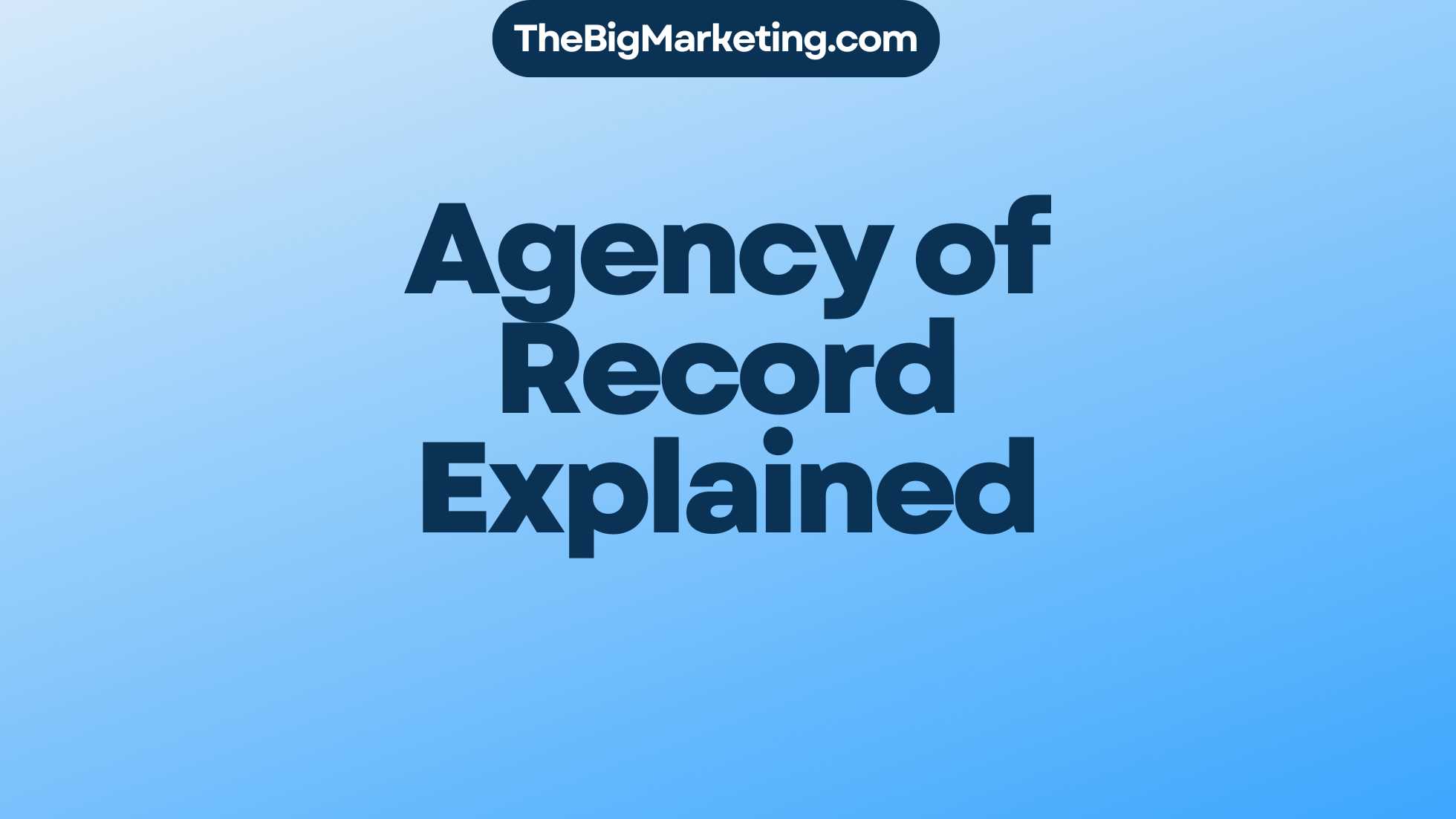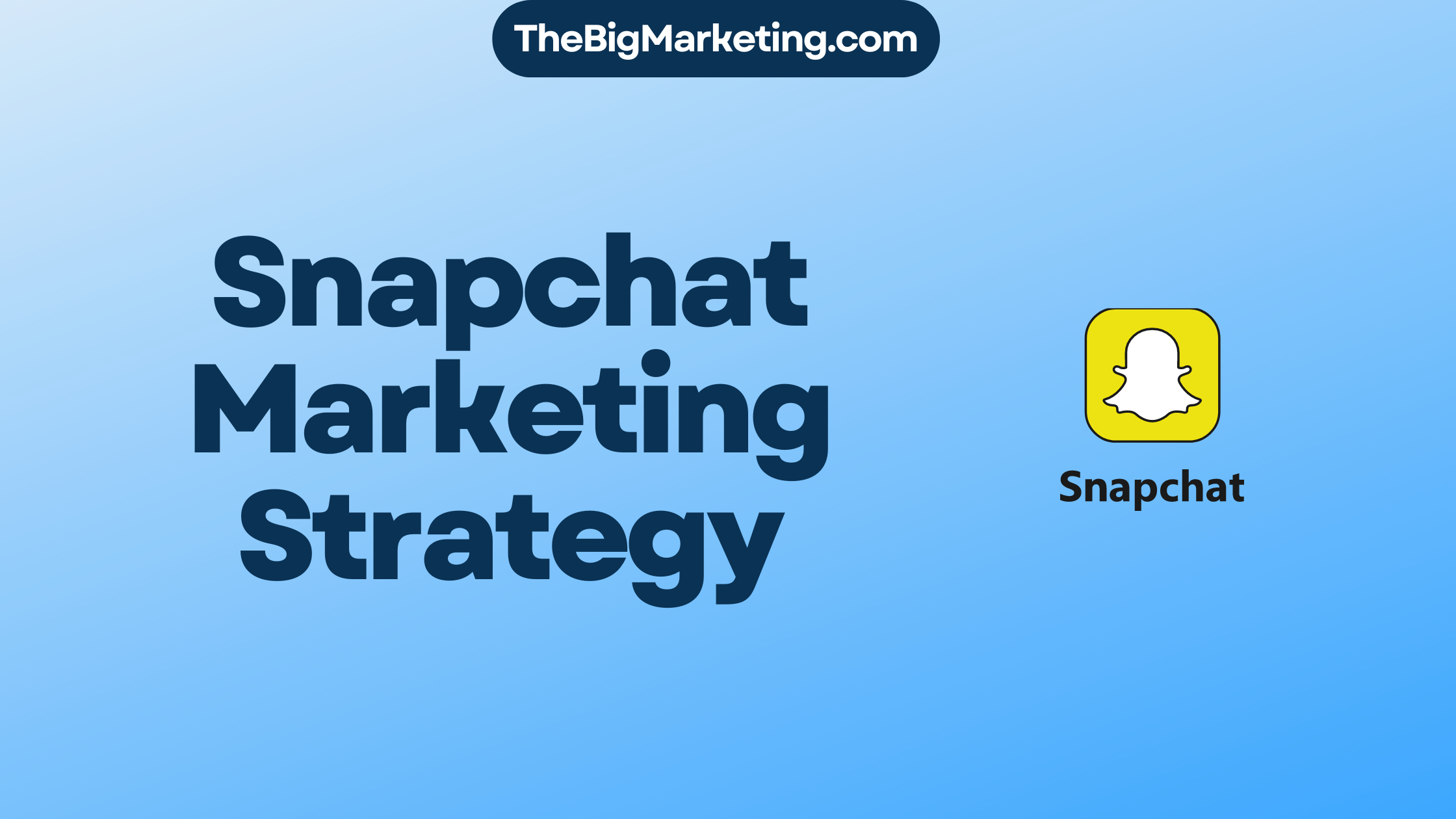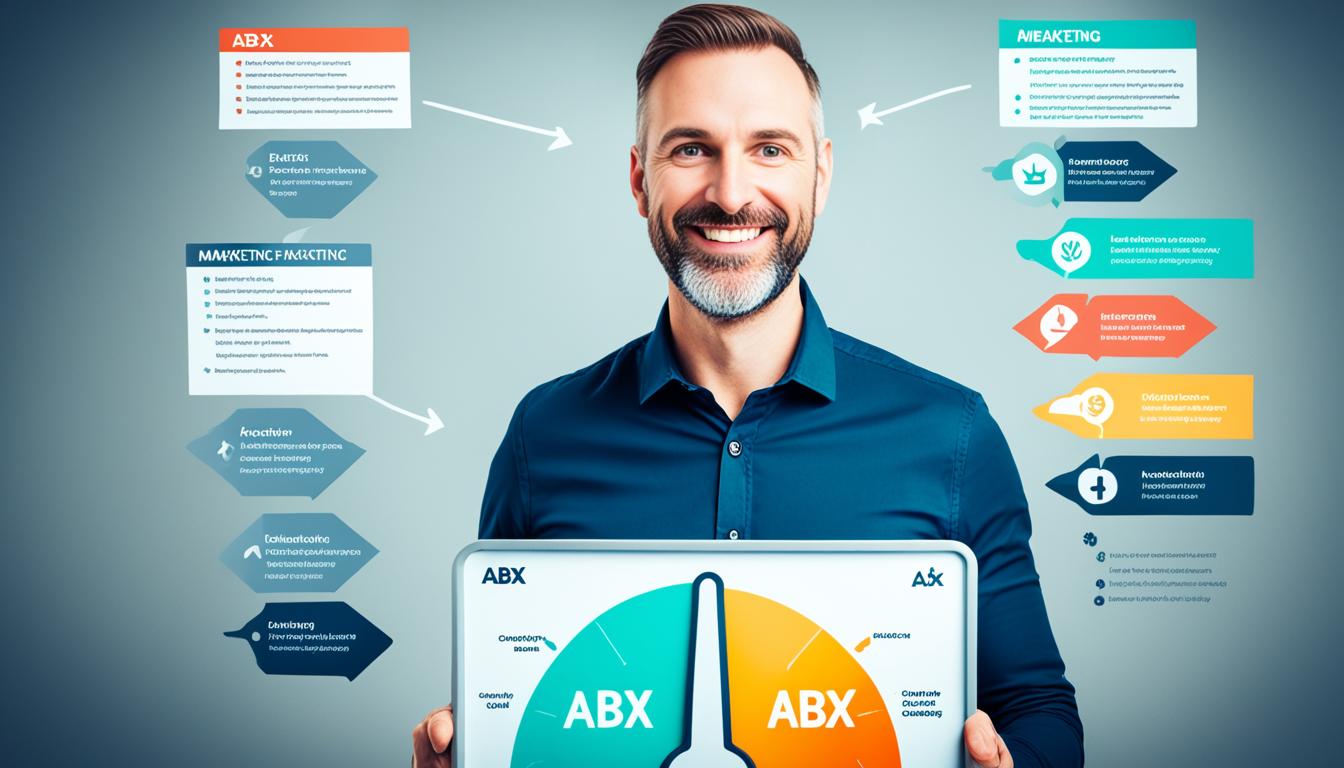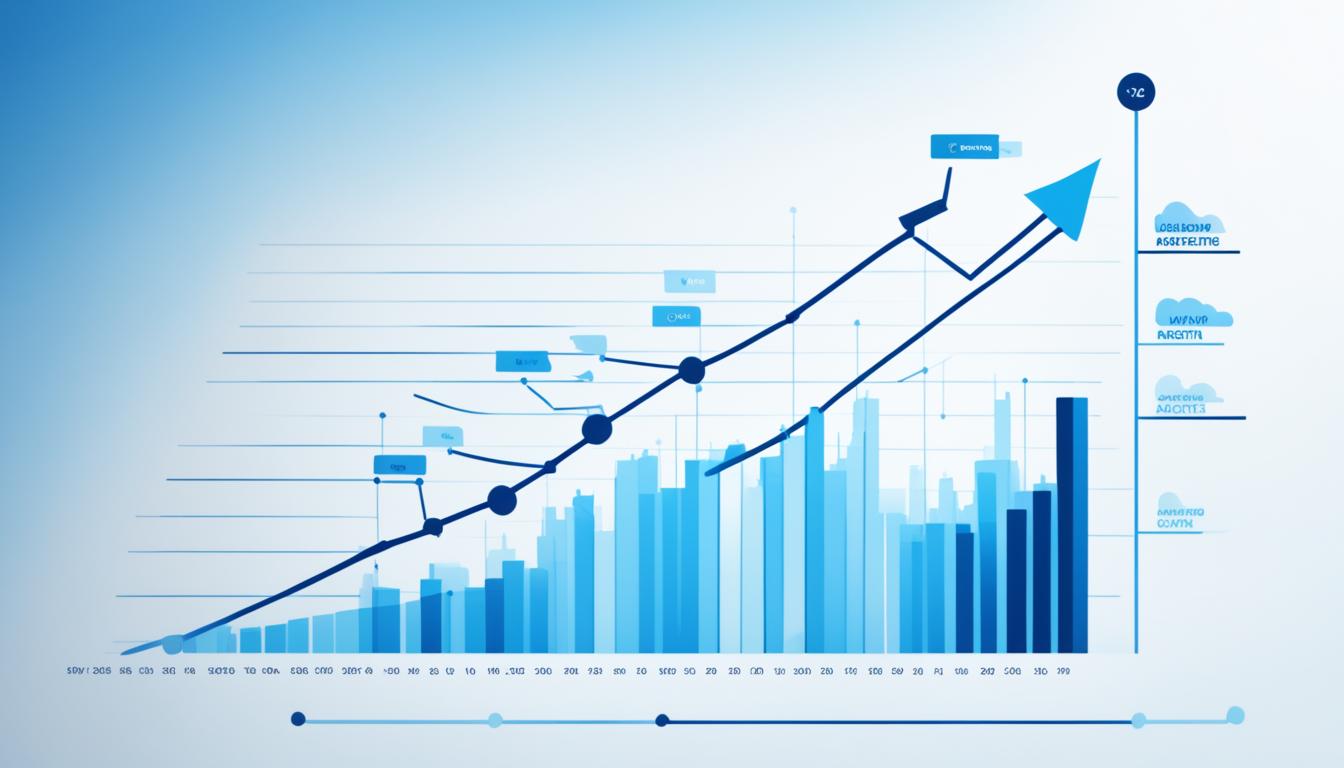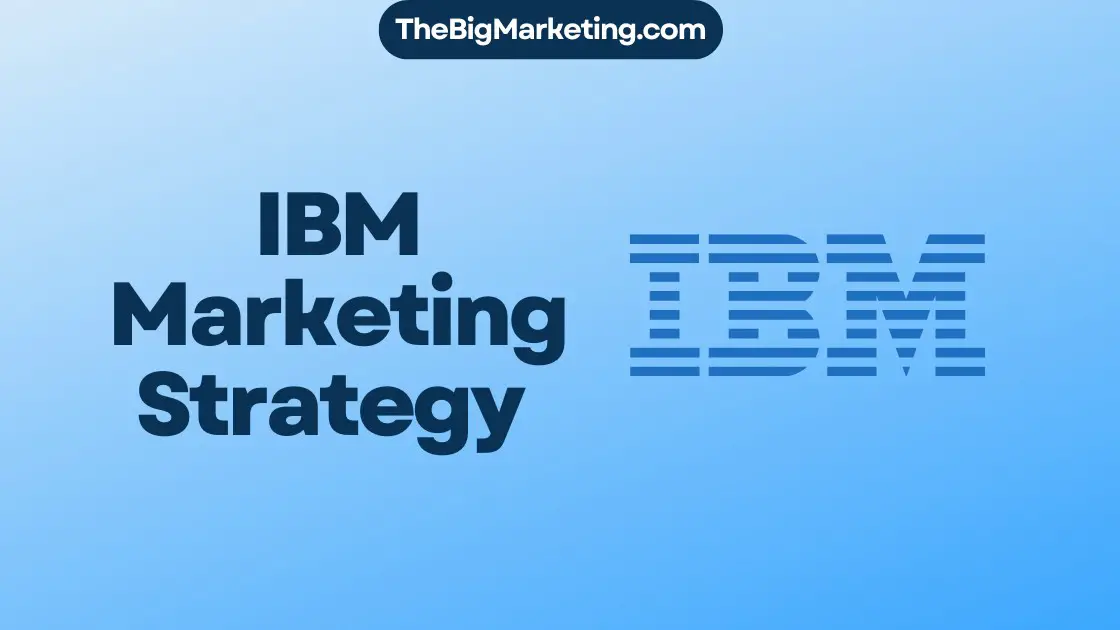RPM stands for revenue per thousand impressions. It’s vital in online ads. It shows how much money a publisher makes for every 1000 ad views. RPM looks at the publisher’s earnings, unlike CPM, which is what advertisers pay for those views. It helps publishers see how well their ads do.
This piece will cover RPM in marketing, how to figure it out, and why it matters for ad improvements. By looking at examples, we’ll show how RPM can boost ad income. If you’re in publishing or marketing, getting RPM can push your ad money-making plans forward.
Key Takeaways:
- RPM measures the revenue a publisher earns for every 1000 ad impressions served.
- Unlike CPM, which calculates the cost for advertisers, RPM focuses on the publisher’s side.
- Understanding RPM is crucial for optimizing ad strategy and maximizing revenue.
- Real-world examples help demonstrate the importance of RPM in marketing.
- Comparing performance using RPM allows for data-driven decision-making.
What Is CPM?
CPM stands for cost per thousand impressions. It’s how much advertisers pay to show their ad 1000 times. It’s different from RPM, which is for publishers. CPM helps advertisers see how much their ads cost across different channels.
CPM Calculation Example
Let’s see how CPM is calculated. Imagine an advertiser spends $5000 to display their ad 500,000 times. To find the CPM:
| Total Cost | Number of Impressions | CPM |
|---|---|---|
| $5000 | 500,000 | $10 |
This means the campaign’s CPM is $10. This helps advertisers see how much they’re spending across different channels. It helps them plan their spending better.
What Is eCPM?
eCPM stands for effective CPM. It’s key in digital ads. It measures how cost-effective campaigns are across different models. eCPM is used when you buy media through various bidding options like CPM, CPC, or CPA. It changes non-CPM buys into CPM figures. This allows for an overall cost comparison.
eCPM calculation is similar to CPM but adds more. The “e” in eCPM means it can adapt to different pricing. This ability to adjust makes it easier for advertisers to compare and refine campaigns with varied bidding approaches.
Using eCPM helps advertisers understand their ads’ impact in a uniform way. It guides them in spending their budget wisely. They can pick the best bidding model and boost their investment return.
Now, let’s see how eCPM is figured out:
- First, find the campaign’s total revenue.
- Then, divide this revenue by the total impressions.
- Lastly, multiply that number by 1000.
Check out this table for how eCPM is calculated:
| Total Revenue | Total Impressions | eCPM |
|---|---|---|
| $10,000 | 1,000,000 | $10 |
In this example, $10,000 in revenue with 1,000,000 impressions gives an eCPM of $10. This number is the effective CPM of the campaign. It lets advertisers see past varying bidding models.
eCPM aids advertisers in making decisions based on data. They can fine-tune their campaigns and use their funds smartly. It allows for a comparison of how cost-effective different pricing models are. This can lead to discovering ways to enhance advertising and achieve better outcomes.
What Is RPM?
RPM stands for revenue per thousand impressions. It’s a key metric for publishers. It shows how much money a publisher makes every time an ad is shown 1,000 times. The way to figure out RPM is pretty straightforward. It takes the money earned and compares it to ad impressions. This calculation helps publishers know how effective their ads are.
For publishers, understanding RPM is vital. It helps them see how profitable their ads are. They can look at their RPM to improve their ad strategy. This helps find which pages or sessions bring in the most money.
Here’s how you calculate RPM:
| RPM Formula |
|---|
| RPM = (Total Ad Earnings / Total Ad Impressions) * 1000 |
To figure out RPM, divide total ad earnings by total ad impressions. Then multiply by 1000. This shows the money made per thousand views. It’s a clear way for publishers to see how ads are performing.
Publishers also look at page RPM. This measure shows money earned from specific pages. It helps identify pages that attract better-paying ads.
There’s also session RPM. It measures income per user session on a website. It considers ad impressions and earnings per session. This offers insights into how well sessions are monetized.
Overall, RPM is vital for maximizing ad revenue and profitability. By using RPM, publishers can boost their ad efficiency. They can find and use opportunities to earn more. This drives better results in online advertising.
RPM on YouTube
On YouTube, RPM stands for “revenue per mille.” It shows how much a creator earns for every thousand views. This is found by dividing your total YouTube revenue by total views. Then, you multiply by 1000. RPM shows how much money creators make based on their views. It helps YouTube creators see how much they can earn and improve their content strategy.
To figure out your RPM on YouTube, check out YouTube Analytics. It gives you all the data you need about how your channel is doing. By looking at your revenue and total views, you can work out your RPM for any time period. This helps you see how well your ads are doing and where you can do better.
For instance, imagine you made $500 from your YouTube channel in one month. During that time, your videos got 100,000 views. To find your RPM, you divide $500 by 100,000, getting $0.005. Multiply that by 1000, and your RPM is $5. This means you earn an average of $5 for every thousand views on your channel.
Keeping an eye on your RPM lets you track how much money you’re making. You can also see if your videos are doing well with viewers and ads. This info helps you make smart choices to make your content even better. You might focus on topics that bring in a higher RPM or try new ways to make money.
If you’re a content creator on YouTube, understanding and improving your RPM is key to making more money. Use YouTube Analytics to keep an eye on your RPM. This will help you make better decisions and increase your earnings on the platform.
Why Knowing Abbreviations Matters
It’s key for marketers and media managers to know abbreviations like RPM, CPM, and PPC. These abbreviations help them analyze ad data and make smart decisions. This is especially important for managing high-cost CPC ads in long purchase cycles.
Understanding the cost and benefits is critical. Marketers evaluate the cost-effectiveness of different ad channels to boost brand awareness. Knowing terms like RPM and CPM helps managers adapt and improve ad campaigns to meet their goals within budget.
Comparing Ad Metrics: RPM, CPM, and PPC
Understanding RPM, CPM, and PPC gives marketers valuable insights. RPM measures a publisher’s earnings for every 1000 ad views. Meanwhile, CPM tells advertisers the cost for the same amount of impressions. PPC measures cost per click on ads.
By knowing these metrics, marketers can analyze and compare ad costs. This helps them make better decisions on where to spend money.
Optimizing Ad Spend and Campaigns
Knowing ad abbreviations like RPM and CPM improves ad spend and campaign outcomes. Marketers identify valuable CPC opportunities and gauge their cost-effectiveness. Using PPC along with RPM and CPM, advertisers wisely manage budgets to enhance brand visibility.
This knowledge also lets managers tailor campaigns to the right audiences. It ensures maximum return on investment and efficient use of resources.
Moreover, understanding these abbreviations helps in accurately analyzing ad performance. Media managers compare RPM, CPM, and PPC results to pinpoint effective strategies. Through this, they optimize ad spend, choose the best channels, and improve performance.
In sum, knowing RPM, CPM, and PPC is vital for marketers and media managers. This expertise leads to better ad data understanding, informed choices, and enhancing campaigns. Grasping these ad measurement terms is key to raising brand awareness and revenue.
How to Optimize RPM
Raising RPM is key for publishers wanting more ad money. By using smart tactics, they can boost their ads’ performance and make more money. Here’s how to get your RPM up:
1. Experiment with Ad Placement and Formats
Trying different ad spots and styles helps optimize RPM. Publishers can find top spots that grab their audience’s interest. Trying various ad types, like native or video ads, can also raise RPM.
2. Focus on High-Paying Ads
Chase after ads that pay more for better earnings. Work with advertisers who give higher rates. This often means targeting certain industries or groups known for spending more on ads.
3. Utilize Responsive Ads
Responsive ads change size for different devices. They ensure that ads look good on phones, tablets, and computers. Better ad experiences can lead to more clicks and higher RPM.
4. Increase Website Traffic
More website visitors can boost ad money. Create great content to attract more people. Use SEO, social media, and influencer collaborations to get more traffic and up your RPM.
5. Target High-Paying Ads
Knowing your audience’s likes helps in targeting better ads. This get you more clicks and more ad money. Use data and analytics to fine-tune your ad targeting.
6. Optimize for Mobile Devices
It’s vital to make sure your site and ads work well on phones and tablets. Good mobile sites get more ad clicks. This boosts RPM.
7. Track RPM Performance
Keep an eye on your RPM with tools like Google Analytics. Tracking helps you see what’s working. Use what you learn to make your ads even better.
Following these steps can help publishers get more from their ads. Keep testing and adjusting to stay on top in the online ad world.
CPM vs. RPM
In the world of advertising, understanding the difference between CPM and RPM is key. These metrics are closely related. Yet, they focus on different things: the cost for advertisers and the revenue for publishers.
CPM stands for cost per thousand impressions. It shows what an advertiser pays for 1000 ad impressions. This metric is helpful for advertisers to compare costs on different ad channels and find valuable audiences. RPM, or revenue per thousand impressions, is about the earnings a publisher makes from the same number of impressions. It shows how well publishers are doing in generating money from ads.
Several factors, like fill rate and impression value, affect both CPM and RPM. Fill rate is about how many ad slots are actually used. Impression value talks about how much each ad view could earn. By making these better, publishers can earn more.
Improving CPM and RPM is crucial. Advertisers try to get the most value by choosing the best ad channels and targeting the right people. Publishers work on things like where ads are placed, getting more website visitors, and making their sites mobile-friendly to improve RPM.
Knowing how CPM and RPM interact helps publishers make smart choices. They can figure out the best ways to earn more from ads. Advertisers use these insights to spend their money wisely and find the best spots for their ads.
CPM vs. RPM Distinctions
Let’s dive into the main differences between CPM and RPM:
| Metrics | CPM | RPM |
|---|---|---|
| Definition | The cost an advertiser pays for 1000 ad impressions. | The revenue a publisher earns for 1000 ad impressions. |
| Focus | Cost for advertisers. | Revenue for publishers. |
| Influence | Advertiser budget allocation and cost comparison. | Publisher ad revenue optimization and content evaluation. |
| Factors | Fill rate, impression value, ad targeting. | Fill rate, impression value, ad placement, website traffic, optimization. |
RPM Calculation Methods
There are several ways to calculate RPM, like using pageviews, impressions, sessions, or uniques. Each method offers insights into how ads perform and their potential to make money. This helps publishers understand better and make smart choices.
Pageviews
Pageviews might seem easy to use for RPM calculations. Yet, they don’t tell the full story. Not all pageviews are equally profitable. High-traffic pages or premium ads can earn more. So, relying just on pageviews might not show how well ads are really doing.
Sessions
Sessions give a clearer picture for RPM calculations. They track the time a user spends on a site or app. By focusing on how users interact and the site’s overall performance, sessions offer a full view of ad earnings. This method considers both the quantity and quality of user interactions.
Impressions
Impressions are key for measuring RPM too. They count each time an ad is shown. This helps publishers see if their ads are placed well and make better earning plans. It’s key to remember that impressions need to be looked at with other measures like clicks or conversions for a full earnings picture.
Uniques
Uniques reveal more about ad success from the user’s view. They count how many different users visit in a certain timeframe. By figuring out the earnings each visitor brings in, publishers can see how much value users add. This can spotlight who the valuable audience segments are and improve ad strategies.
Picking an RPM calculation method depends on the publisher’s goals and how precise they want to be. Using various methods and analyzing their data offers a complete view of ad success. This leads to better decisions and more earnings.
| Measurement Method | Description |
|---|---|
| Pageviews | Number of times a webpage is viewed, which can vary in ad revenue potential |
| Sessions | Period of active user engagement with a website or app, providing a holistic view of ad revenue efficiency |
| Impressions | Count of each ad display to a user, evaluating ad placement effectiveness |
| Uniques | Number of distinct individuals visiting a website or app, assessing the value of each user in generating ad revenue |
The Importance of User Experience in RPM
User experience is critical in RPM and ad revenue. Improving it increases pageviews, lowers bounce rates, and extends time on site. These factors boost RPM and ad engagement, raising revenue.
To improve experience, publishers should cut down on ads, enhance content, and speed up the site. With a better experience, they draw in more interested users. This raises ad views and improves RPM, vital for long-term ad success.
Less ad clutter makes browsing smoother. Optimal content is relevant and high-quality, appealing to the target audience. Fast site speeds help users quickly find what they need.
Better user experience positively affects important metrics. More pageviews mean more ad opportunities and potential revenue. A lower bounce rate indicates users enjoy the site more, likely engaging with ads. Spending more time on the site also means more chances to click on ads.
Enhancing user experience is key for RPM and a positive browsing experience. It helps create a loyal user base that returns. This leads to more ad clicks and higher revenue.
User experience is crucial for RPM and ad revenue optimisation. Publishers should reduce ad clutter, enhance content, and speed up the site. This attracts engaged users and increases ad views, boosting RPM. A good browsing experience also promises long-term ad success.
Conclusion
RPM, or revenue per thousand impressions, is key in marketing. It helps measure and boost ad revenue efficiency. Marketers need to know how to calculate RPM to improve their ad income.
Improving user experience is crucial for RPM optimization. This means less ad clutter, better content, and faster site speed. With these changes, more users stay engaged and ad impressions go up. This boosts RPM and ad engagement.
It’s also important to compare RPM with other metrics. This helps marketers understand their ad revenue fully and find ways to improve. By keeping up with trends and new strategies, marketers can make the most of RPM. This leads to better ad revenue results.
